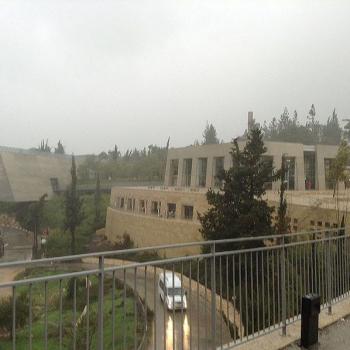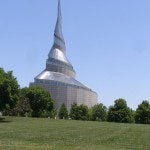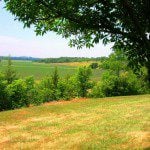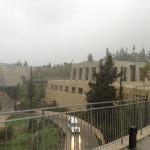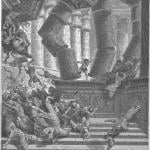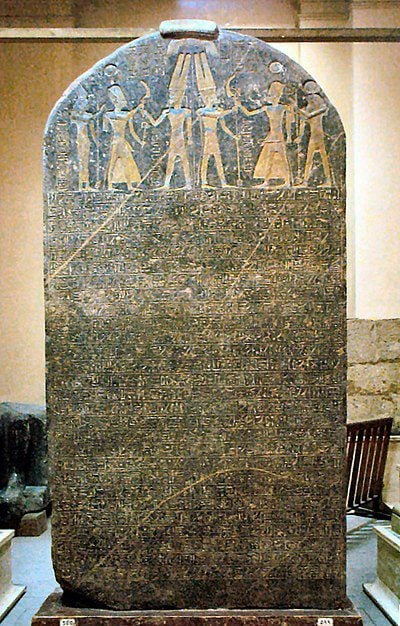
(Wikimedia Commons public domain image)
Our boat had docked in Luxor by Tuesday night, so very, very, very early on Wednesday morning many in our group went for the hot air balloon ride over the west bank of the Nile. I’ve been enjoying a cold and wanted the extra sleep, and the balloon ride is rather expensive, so my wife and I didn’t go this time. Too bad. The view of the Nile Valley, the deserts beyond, Medinet Habu, the Ramesseum, and the mortuary temple of Hatshepsut from up in the air is dazzling. Nothing short of that.
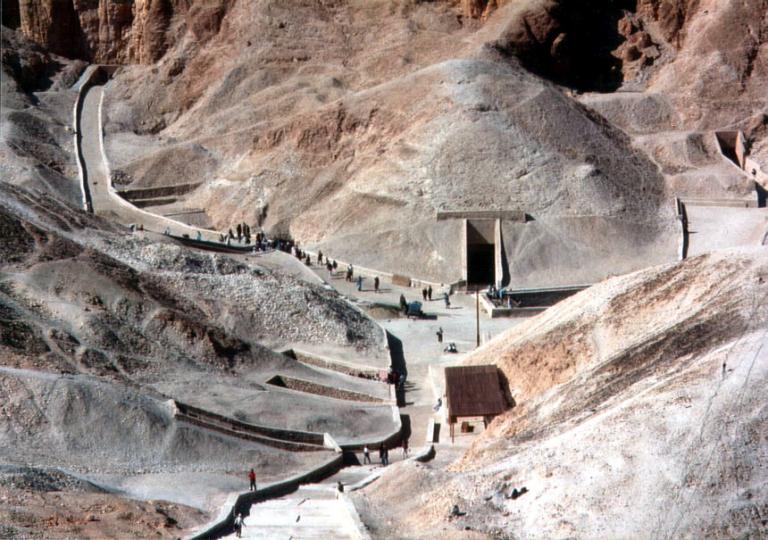
After breakfast, all of us headed over to the Valley of the Kings, where some paid the extra fee to enter the tomb of Tutankhamen and all went into the tombs of Merneptah (or Merenptah), Ramses IV, and Ramses IX. Going in and out, we passed by the picturesque home of Howard Carter, the archaeologist who discovered King Tutankhamen’s tomb (and who, with his sponsor Lord Carnarvon, fell victim to “King Tut’s [supposed] curse.”
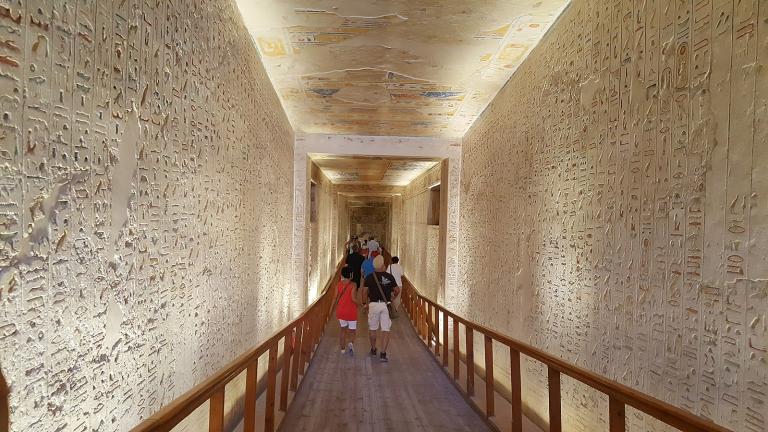
Wikimedia Commons public domain photograph
We also made the obligatory stop at an alabaster factory, stopped for distant photos of Tomb 64 (from which the Joseph Smith Papyri were taken), and dropped by the so-called “Colossi of Memnon” (the severely ruined twin statues of Amenhotep III that once stood before his now almost-entirely vanished mortuary temple).
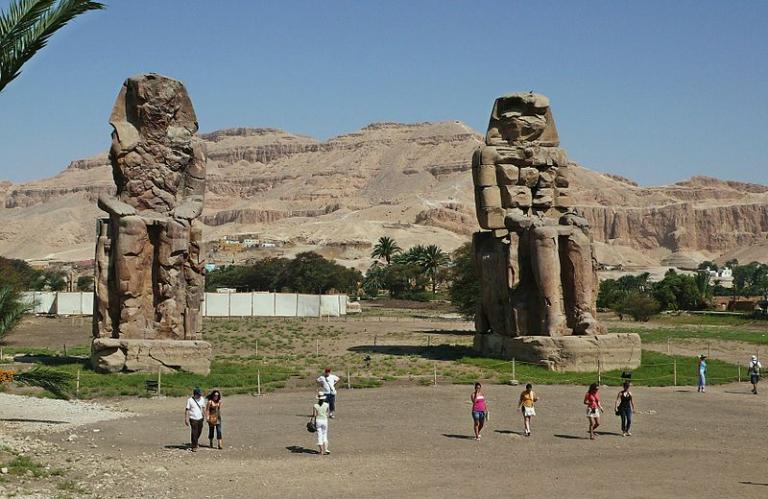
I can’t visit the “Colossi” without thinking of Percy Bysse Shelley’s famous 1818 poem “Ozymandias”:
This morning, Thursday, we were up well before sunrise to catch a flight to Amman. The route took us over the Gulf of Suez, with an excellent view of the Suez Canal itself, then over the Sinai Peninsula, and then over the Gulf of Aqaba (which, if you’re an Israeli, is the Gulf of Eilat), with an excellent view of the adjacent cities of Eilat (in Israel) and Aqaba (in Jordan). From Amman, we had an uneventful flight — my favorite kind! — to London. And, so, here we are.
Posted from London, England



